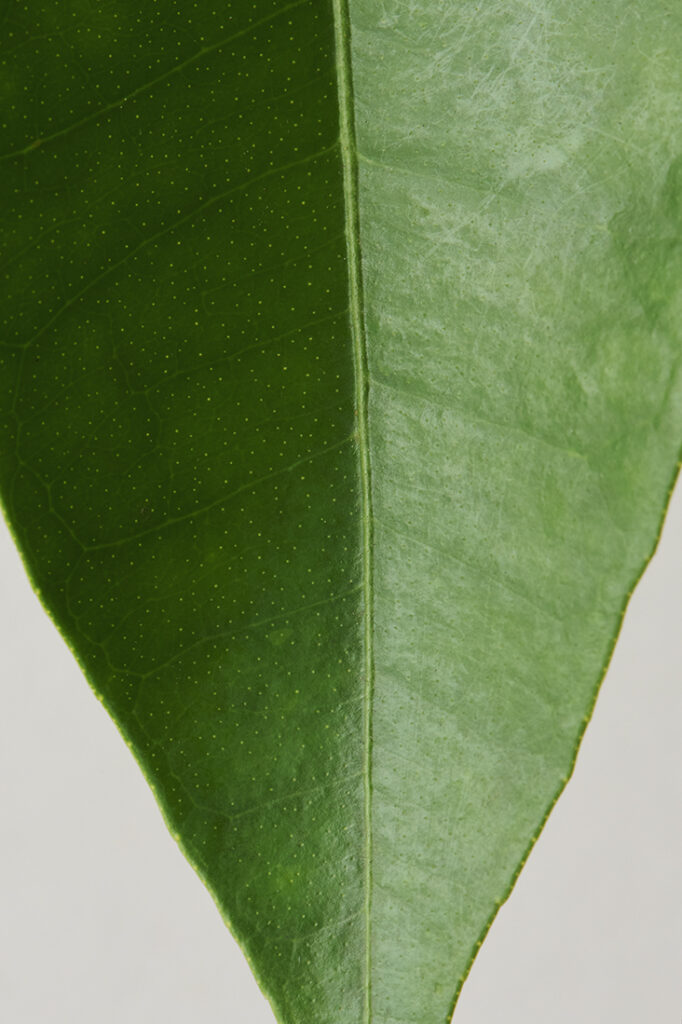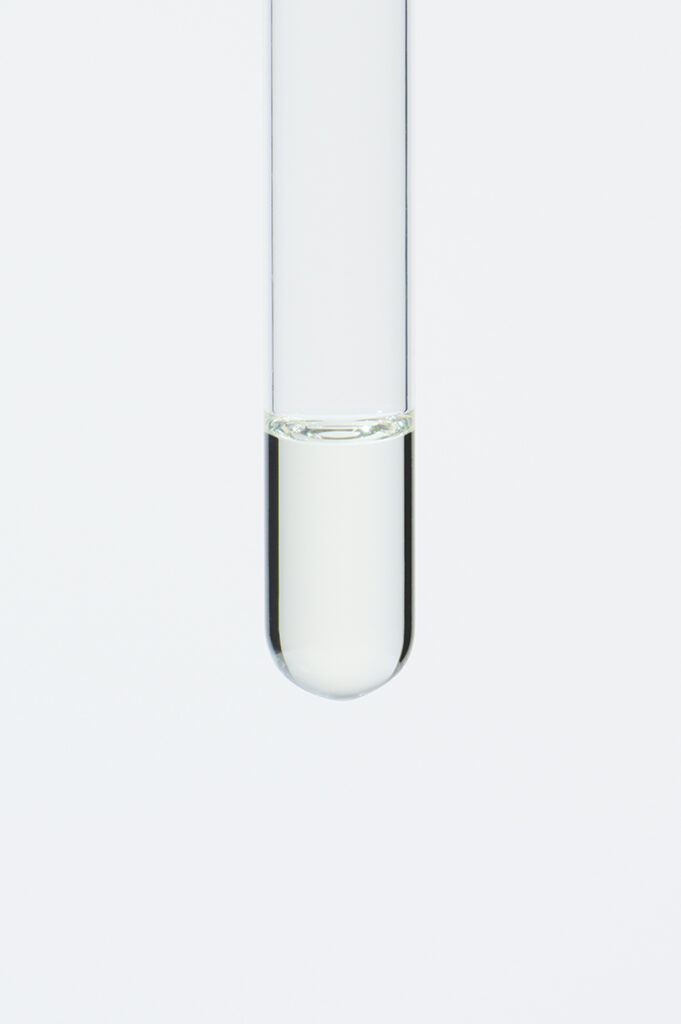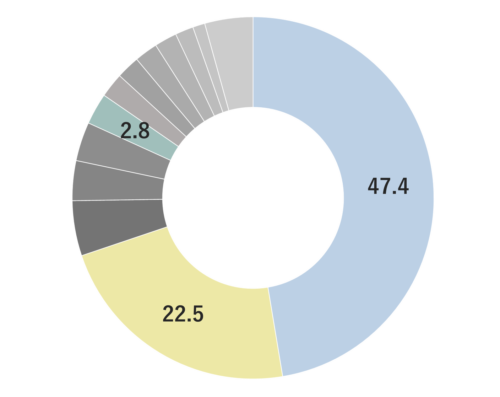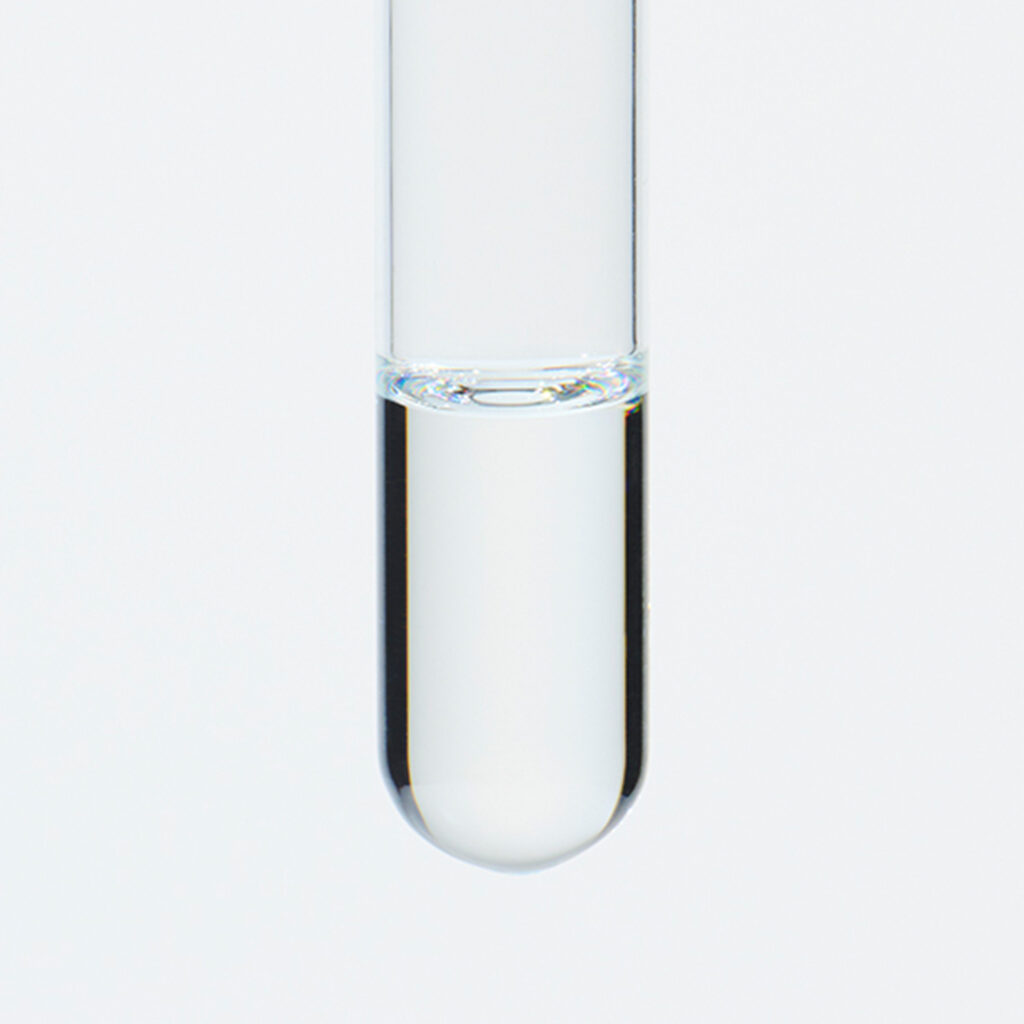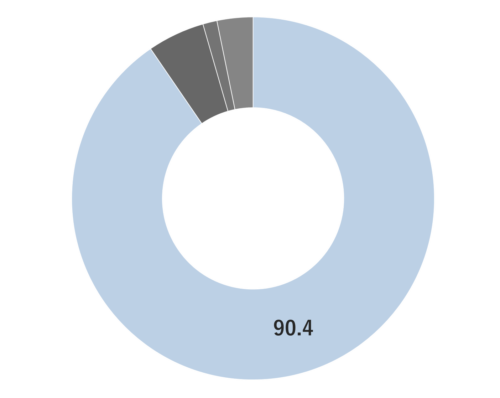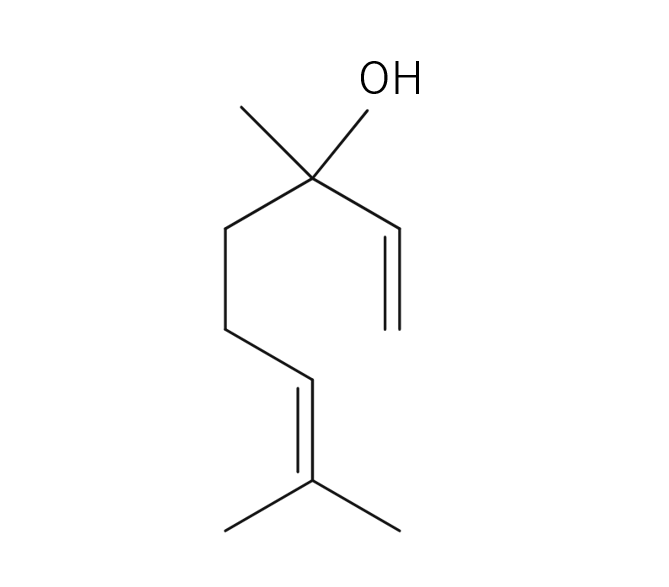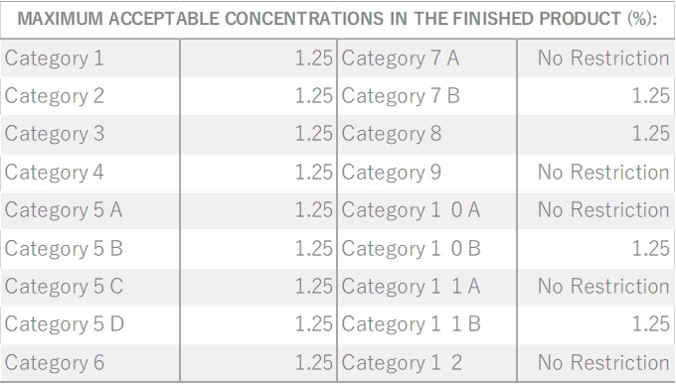Petitgrain essential oil is obtained by steam distillation from bitter orange branches and leaves at around 0.25-0.5% efficiency, and is yellow to amber in color. Its primary constituents include linalool and linalyl acetate, recognized for its relaxing properties, and limonene, which imparts a citrus-like aroma. The fragrance is characterized by its deep green notes, offering a warm and subtle citrus impression. The slightly green, fresh, woody, and profound scent brings about a sense of tranquility. It harmonizes seamlessly with a variety of other essential oils, particularly with Sweet Orange and Bergamot, both of which share a citrus profile. Additionally, it pairs well with Vetiver and Sandalwood, which adds a deep sweetness to the blend. While the fragrance of petitgrain is relatively mild, overuse may accentuate its characteristic greenness, making it advisable to add it gradually to achieve a well-balanced aroma.
